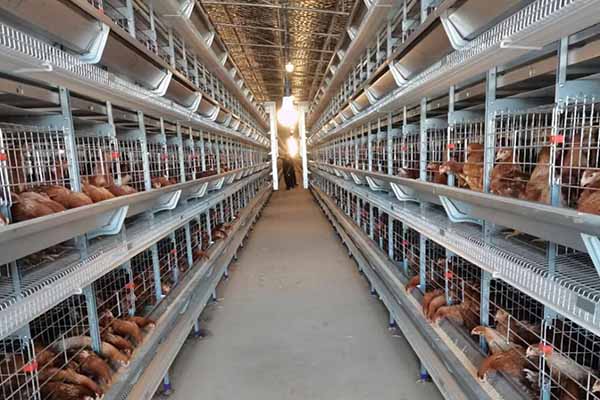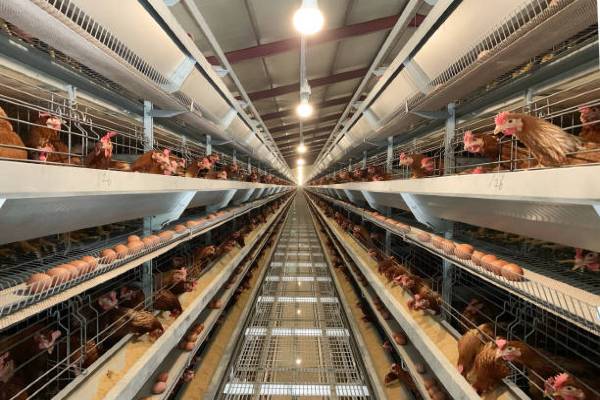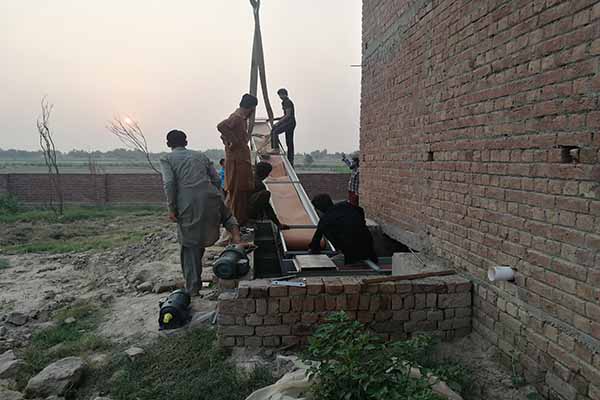How to Start a Chicken Farm in Malaysia: A Comprehensive Guide
Time : 2025-06-29
Starting a chicken farm in Malaysia can be a rewarding venture, providing fresh, high-quality poultry products to the market. However, it requires careful planning, knowledge, and the right equipment. In this comprehensive guide, we will walk you through the essential steps to start a chicken farm in Malaysia, focusing on practical aspects and professional equipment knowledge.
1. Market Research and Business Plan
Before diving into the chicken farming business, it’s crucial to conduct thorough market research. Understand the demand for poultry products in your area, including the types of chickens that are most popular and the pricing strategies of competitors.
Create a detailed business plan that outlines your goals, target market, financial projections, and marketing strategies. This will not only help you stay organized but also attract potential investors or lenders.
2. Choose the Right Location
The location of your chicken farm is critical to its success. Look for a spot that is accessible to suppliers and customers, has good infrastructure, and is free from environmental hazards such as pollution and noise.
Malaysia has various regions suitable for chicken farming, including rural areas and small towns. Ensure that the land is suitable for poultry production, with adequate space for housing, feed storage, and waste management.
3. Select the Right Chicken Breed
Choose a chicken breed that suits your business goals. In Malaysia, popular breeds include broilers (for meat production) and layers (for egg production). Consider factors such as growth rate, feed conversion, and disease resistance when selecting your breed.
Broiler breeds like Ross 308 and Cobb 500 are highly efficient in converting feed to meat, while layer breeds like Hy-Line W-36 and ISA Brown are known for their high egg production rates.
4. Constructing the Chicken House
The design and construction of your chicken house are crucial for the health and productivity of your flock. Here are some key considerations:
- Climate Control: Ensure the house is well-ventilated and temperature-controlled to create a comfortable environment for the chickens.
- Lighting: Provide a consistent light schedule to mimic natural daylight, which is important for egg production.
- Floors: Use solid floors to prevent leg disorders and facilitate cleaning.
- Space: Provide enough space for the chickens to move around comfortably, with a minimum of 2-3 square feet per bird.
Consider investing in professional chicken house designs and construction services to ensure your facility meets industry standards.
5. Equipment and Technology
Equipping your chicken farm with the right technology can significantly improve efficiency and productivity. Here are some essential pieces of equipment:

- Feeding Systems: Automated feeding systems can help ensure that the chickens receive the right amount of feed at the right time.
- Watering Systems: Continuous access to clean water is vital for the health of your flock.
- Climate Control Systems: Use fans, heaters, and coolers to maintain an optimal environment for the chickens.
- Monitoring Systems: Implement systems to monitor the health and behavior of your chickens, such as temperature, humidity, and ammonia levels.
- Incubators and Brooders: Use these for hatching eggs and raising chicks.
Invest in high-quality, durable equipment from reputable suppliers to ensure long-term reliability and performance.
6. Biosecurity and Health Management
Preventing diseases is crucial for the success of your chicken farm. Implement a comprehensive biosecurity program that includes:
- Sanitation: Regularly clean and disinfect the chicken house and equipment.
- Isolation: Keep new birds in an isolated area until they are confirmed to be healthy.
- Vaccination: Administer vaccines to protect against common diseases.
- Health Monitoring: Regularly check the health of your chickens and consult with a veterinarian if necessary.
7. Marketing and Distribution
Develop a marketing strategy to promote your chicken farm and its products. Consider the following:
- Local Markets: Establish relationships with local grocery stores, restaurants, and supermarkets.
- Direct Sales: Sell directly to consumers through farmers’ markets or online platforms.
- Wholesale: Explore opportunities to supply to wholesalers and distributors.

Ensure that your products are packaged and labeled appropriately to meet regulatory re quirements and appeal to consumers.
quirements and appeal to consumers.
8. Financial Planning and Management
Develop a financial plan that includes startup costs, ongoing expenses, and revenue projections. Monitor your finances closely to ensure that your chicken farm remains profitable.
Consider seeking financial advice from an accountant or financial advisor to help you manage your finances effectively.
Conclusion
Starting a chicken farm in Malaysia requires careful planning, knowledge, and the right equipment. By following this comprehensive guide, you can increase your chances of success in the poultry industry. Remember to stay informed about industry trends, maintain high standards of biosecurity and health management, and continuously improve your operations to meet the demands of the market.











